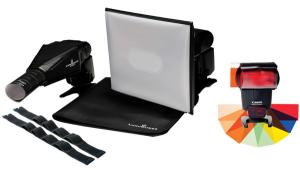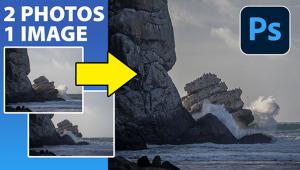Digital Innovations
Software Upgrades Pros And Cons
| To upgrade, or not to upgrade--that is the question."--With apologies to William Shakespeare's Hamlet There comes a time in your
digital imaging life when you're faced with a decision about whether
or not to upgrade your system software or one of the programs--digital
imaging or otherwise--that are stored on your hard disk. If you ask
for advice, you'll quickly find that there are two different schools
of thought on the advisability of software upgrades. |

















































